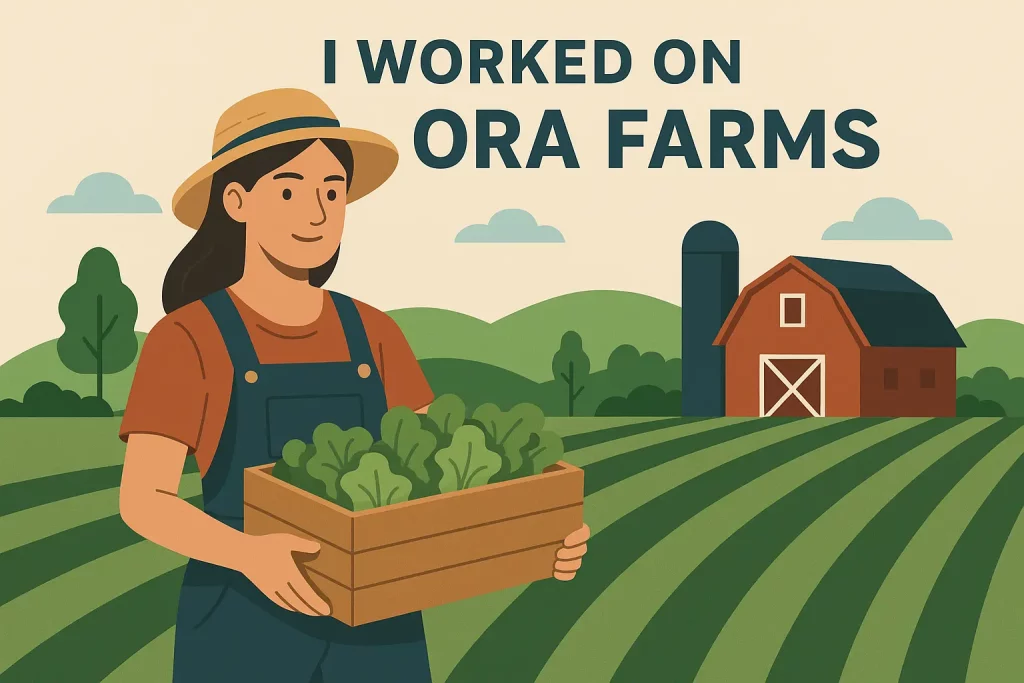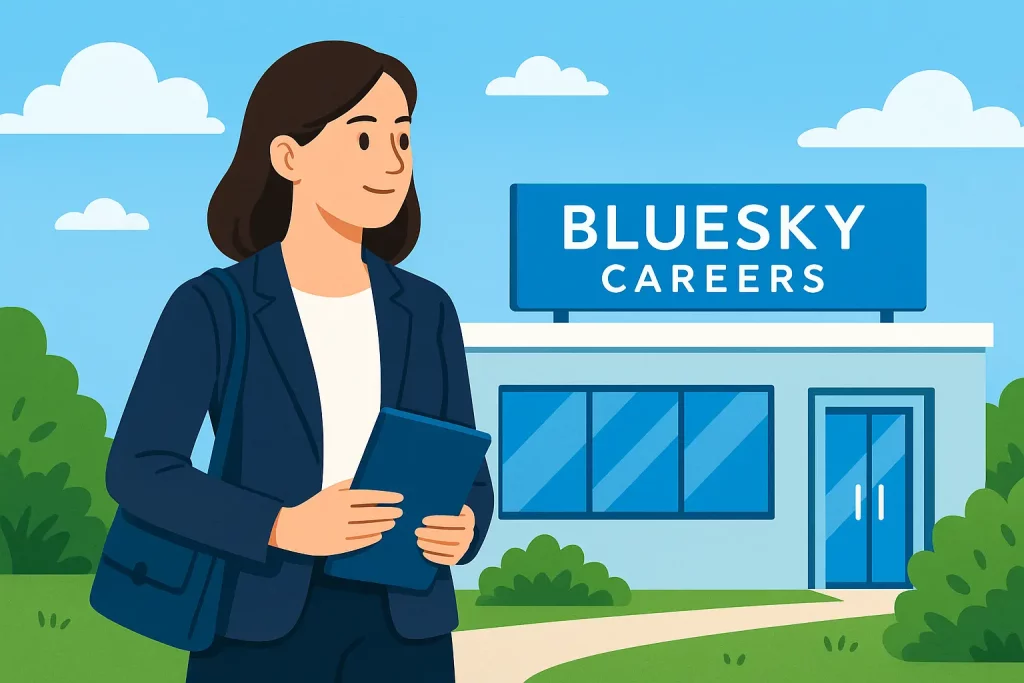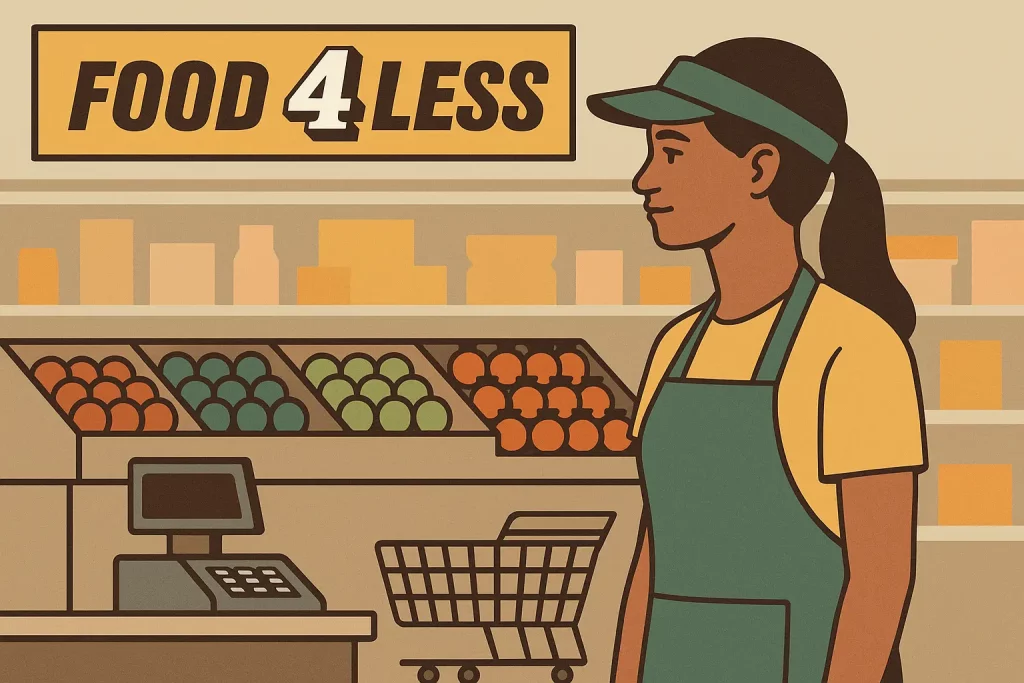
I’m Kayla, and I spent two seasons at Ora Farms. First as a field hand. Then as a pack shed lead. I’ve got dirt under my nails and notes in my phone. So here’s what it’s really like to work there, from the first call to the last crate on the truck.
For the full story—complete with every high, low, and muddy detail—you can jump over to my in-depth candid review of Ora Farms careers. For a quick look at open positions across the wider Ora family, the Ora Organic careers page outlines roles, benefits, and the company’s hiring philosophy.
I was at the North Valley site. Your site might run a little different. Weather and managers change things. But the rhythm feels the same.
Getting hired: fast feet, fast reply
I sent a short resume and a two-line note. I got a phone screen in two days. The questions were simple:
- Can you lift 50 pounds, all day if needed?
- Are you okay with 6 a.m. starts?
- Do you have farm or warehouse work in your past?
Then came a trial morning. Three hours. We weeded a 100-foot bed in under 25 minutes. I did a harvest row of kale. I carried two 40-pound crates without stopping. I kept notes for lot codes. They watched how I moved, how I asked for help, and if I labeled right.
They offered me the job by sunset. That pace told me a lot. Speed matters here. Clear labels matter more.
Week one: safety, stretch, and the bubble washer
Day one was safety. We covered the wash rules (HACCP style, but simple). Hand wash station, bleach test strips for the sani buckets, and PPE. We learned the flow: dirty side to clean side, no backtracking. I got forklift basics and flagging rules. No wild rides.
In the pack shed, we used a bubble washer, a greens spinner, and a scale with a printer. The lot code printer jammed every few days. I learned to fix it with calm fingers and a sticky note. We tracked orders in a simple Google Sheet first season, then FoodLogiQ for trace. Slack handled quick crew notes. “Field 3 to pack. Heads up: mud. Extra rinse.”
We did a five-minute stretch most mornings. Corny? Maybe. But my back said thanks by Thursday.
A day that actually happened
It was August. Hot and loud with cicadas.
- 5:50 a.m. Roll call by the van. Radios on. I grabbed a John Deere Gator with two bins.
- 6:10 a.m. Cherry tomatoes with clamshells. We picked by color. No splits. Quick trim if needed. I filled three lugs by 7.
- 7:15 a.m. Wash station check. Sani water at 100 ppm. I logged it. Pen kept skipping. I swapped it, wrote it again. No fuss.
- 8:00 a.m. Packed 150 spring mix bags. We set the scale to 5 ounces. I caught two light bags and one heavy. We fixed them fast.
- 10:30 a.m. Forklift time. Pallets to the cooler. Pallet jack died. I grabbed the spare and kept the clock tight.
- 12:15 p.m. Lunch in the shade. Someone brought peach seconds. Sticky and perfect.
- 1:00 p.m. Label run for a store order. Their buyer called. “Add five herb packs?” We could. We ran them through and still hit the truck by 2.
- 2:30 p.m. Floors bleached. Hoses rolled. Quick debrief. We talked about yield loss in Field 5. Heat got it. Plan changed for tomorrow.
That’s the job. Simple steps, done right, under time.
Pay, hours, and the perks that matter
My numbers, from my seasons:
- Field crew: $18/hour starting. Overtime after 40. Peak weeks hit 50–55 hours. Winter drops to 32–36.
- Pack shed lead: $20/hour. A small bump for forklift cert and closing duties.
- Perks: weekly farm box (seconds veggies, sometimes eggs), boot stipend once a year ($100), rain gear loaners, payday on Fridays through Gusto. Health plan kicked in for full-time after about two months. PTO grew slow but real.
Looking at external feedback, recent comments on the Indeed Ora Organic company profile back up my experience with competitive pay and a culture that rewards hustle.
When winter hours shrink, most of us hustle for extra income—some drive Instacart, others sell crafts at the farmers market. A surprisingly popular option among two teammates was live-streaming on adult cam platforms; if that side-hustle angle piques your curiosity, check out this candid My Free Cams review for a realistic look at earnings, safety tips, and the minimal gear you need to get started. On the flip side, if you score a free weekend and find yourself down in Lafayette searching for an offline way to blow off steam, the no-nonsense USA Sex Guide to Lafayette walks you through the city’s adult-friendly spots, local norms, and smart precautions so you can enjoy the nightlife without guesswork.
I liked that my lead posted hours by Saturday night. I didn’t like the surprise Sunday call once in July for smoke shift changes. Fire season makes plans bend.
Growth felt real, not fuzzy
I started weeding. I moved to harvest. Then to pack. Then lead. The ladder wasn’t fancy. It was steady.
They trained me on:
- Forklift basics and re-cert.
- HACCP logs, cooler temp checks, and recall drills.
- Irrigation starts at dawn (valves, timers, and not flooding the road… did that once, oops).
If you show up early, hit times, and keep labels tight, they notice. I watched a friend go from crew to irrigation tech in one summer. Another went from bunching carrots to running the CSA line with a clipboard and a smile that did not quit.
The culture: work hard, laugh a little, move on
We spoke English and Spanish. Mix of both on the radio. Music was okay in the pack shed if it stayed clean and at a low buzz. Field days were quiet. You listen to birds, or you listen to your breath.
We did short stand-ups. “Two minutes. What’s hot, what’s weird, what needs help.” Not fluff. When things went wrong, we fixed the process, not the person. Well… most days.
What I loved
- Clear goals: pounds, cases, ship times. You knew the target.
- The tools worked: the bubble washer saved my wrists; the greens spinner saved my soul.
- Food: the seconds box kept my fridge happy. I learned five ways to cook chard.
- The crew: kind, fast, and funny. We traded recipes and ibuprofen.
What bugged me
- Weather rules you. Rain days move, sun days stretch. Plans flip at 6 a.m.
- Mud. If you know, you know. Wear good boots. Tape your socks.
- Repetition. Carrots all morning can make your brain hum. I used a tiny playlist trick. Fast song, slow song, water break.
- Last-minute orders. You breathe, you print, you run the line. It’s fine—until the printer eats label roll again.
Who should say yes
- You enjoy moving your body and seeing neat stacks at the end.
- You care about clean work—labels straight, weights right, floors not gross.
- You can hold two things in your head: speed and safety.
If you want a desk and a set schedule all year, this will bug you. No shame in that.
How to get hired at Ora Farms (stuff that worked for me)
For broader strategies that apply to any fast-paced hiring process, the advice compiled at Career Builder Challenge can help you tighten your resume and talking points before you ever step onto the field.
- Show up 10 minutes early for the trial day.
- Bring real boots, water, a hat, and gloves.
- Talk safety first. Say how you check weights, labels, and lot codes.
- Ask one smart question: “What’s your on-time ship rate goal?” or “How do you handle recall drills?”
- After, send a short thank you. Keep it simple. They like simple.
Final word: would I go back?
Yes. Not forever, but for a solid season? I would. The work is honest. The team tries. The food is great. The days can be long, and the printer will test your faith. But you learn fast, you sleep hard, and you feel that good kind of tired.
You know what? That’s worth a lot.
If you land there, bring a sharpie, a spare pen, and a snack you can eat with one hand. You’ll be fine.
— Kayla Sox

